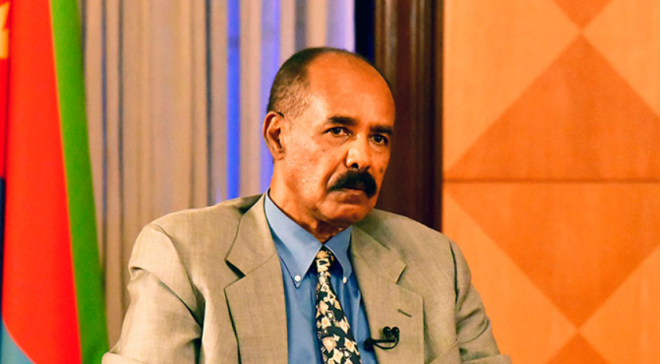Condition worsens for Somalis in Kenya's Dadaab refugee camp, UN says
NAIROBI, Kenya - Thousands of Somalis are suffering in the Dadaab refugee camp in Kenya after deserting their homes following unrelenting drought, the United Nations High Commission for Refugees [UNHCR] says, noting that it is no longer receiving adequate funding from well-wishers.
So far, close to 100,000 Somalis have fled their homes to Dadaab in northeastern Kenya, with the number projected to increase in the coming weeks should rain completely fail in the Horn of Africa nation. New arrivals, the UN says, are struggling to settle in the East African nation.
According to UNHCR, the new arrivals cannot get shelter due to the high number, noting that there is a need for urgent assistance from stakeholders. Currently, there is no access to clean water in the world's arguably largest refugee camp which hosts over 1 million people.
To make matters worse, UNHCR spokesman Boris Cheshirkov said a cholera outbreak at the end of October has infected more than 350 people, mainly children. He said the spread of cholera is declining thanks to the efforts of health partners. However, the risk of further infection remains.
“UNHCR is providing new arrivals to Dadaab with clean drinking water and extending sanitation and hygiene facilities to the outskirts of the camps. We are also providing targeted protection services for the most vulnerable to ensure their needs are met. Malnourished children are being screened and admitted to stabilization centers,” said Cheshirkov.
At the moment, he says, UNHCR is helping nearby communities by servicing boreholes and providing generators for water pumps among other most urgent needs. The UN and the government of Kenya, he said, are looking for the most urgent long-term solutions to the current predicaments.
According to Cheshirkov, neither voluntary repatriation to Somalia nor resettlement in third countries of asylum are viable solutions currently. Dadaab and Kakuma refugee camps host over 1 million refugees mainly from Somalia and Ethiopia and have stretched resources.
“What we are focusing on now is to find ways for refugees to become self-reliant in Kenya. And that includes education, vocational training, and through access to financial services so that people can access businesses. So that they have a prospect as a longer-term solution is found to their plight,” he said.
In the meantime, the UNHCR warns its life-saving operations for more than 257,000 drought-affected people in Kenya are foundering for lack of financial support. It notes only half of an appeal issued in June for $11.1 million has been met, adding that there is an urgent need for long-term solutions.
GAROWE ONLINE








